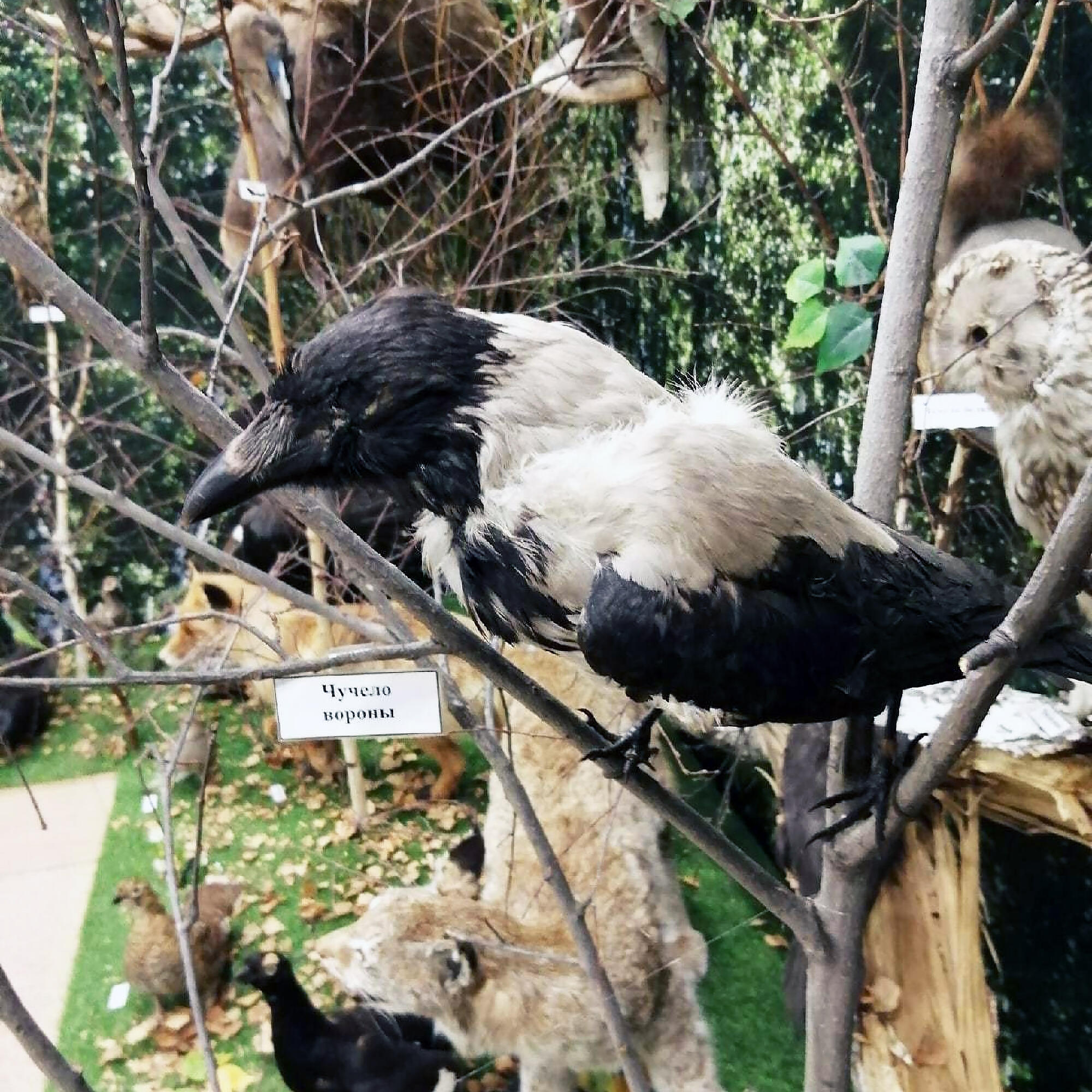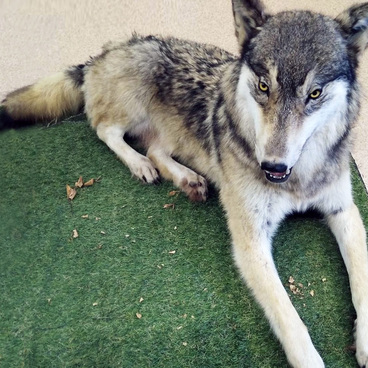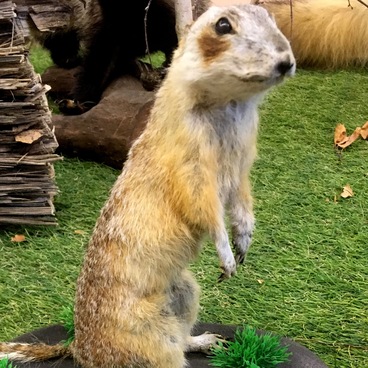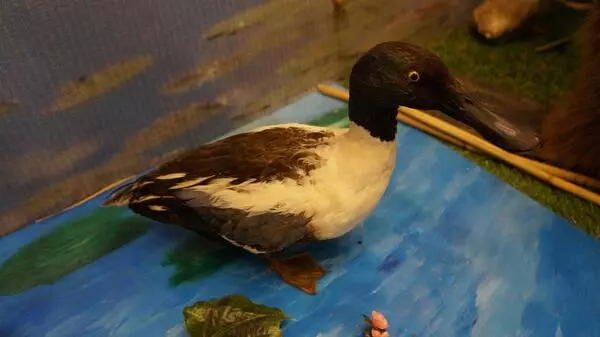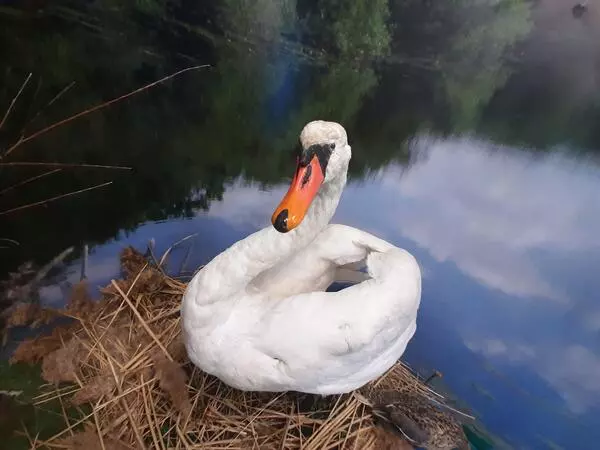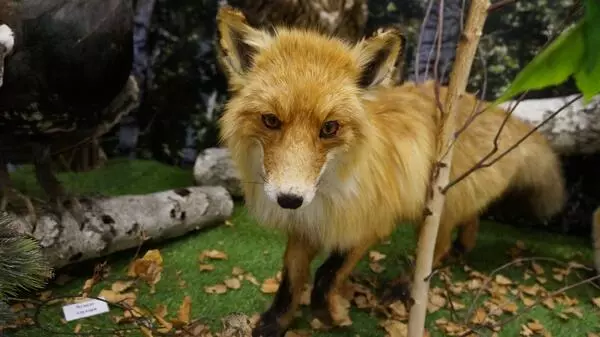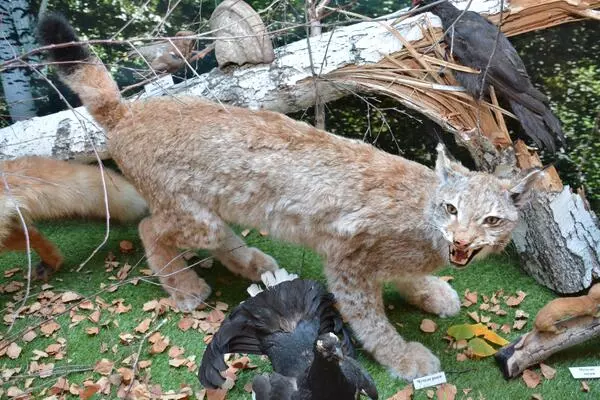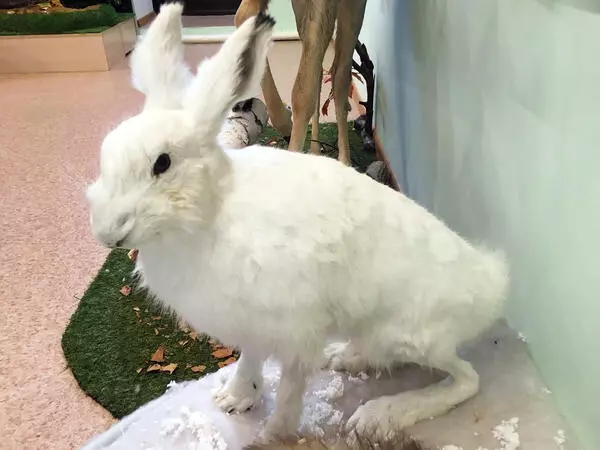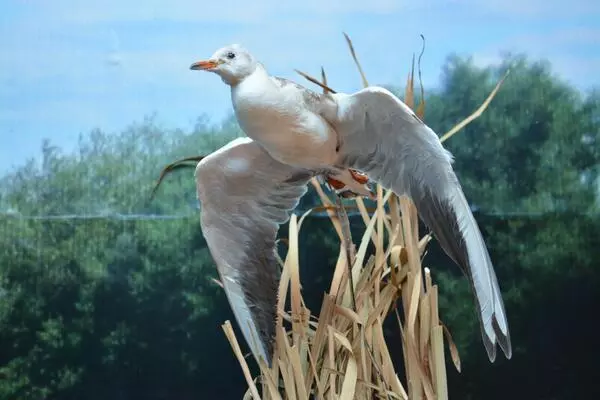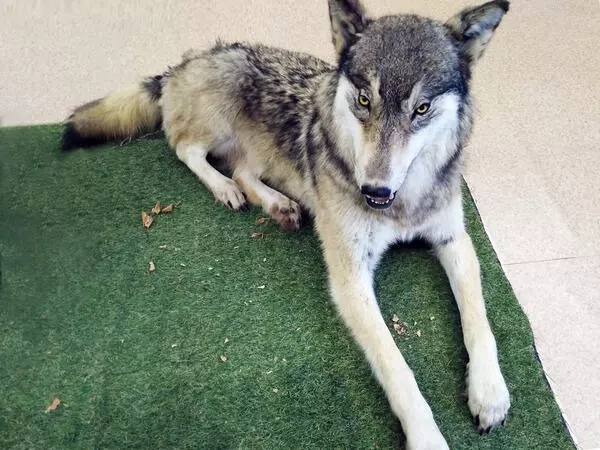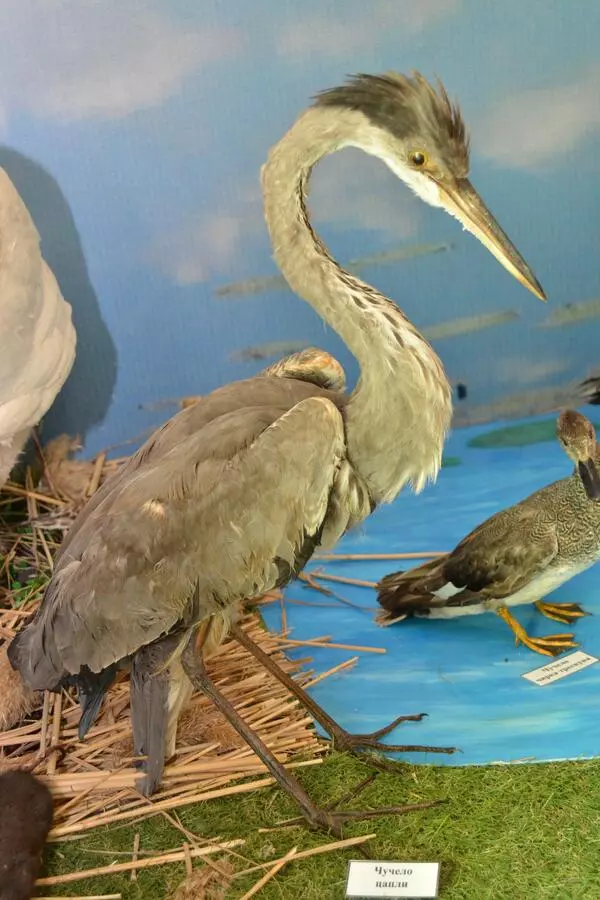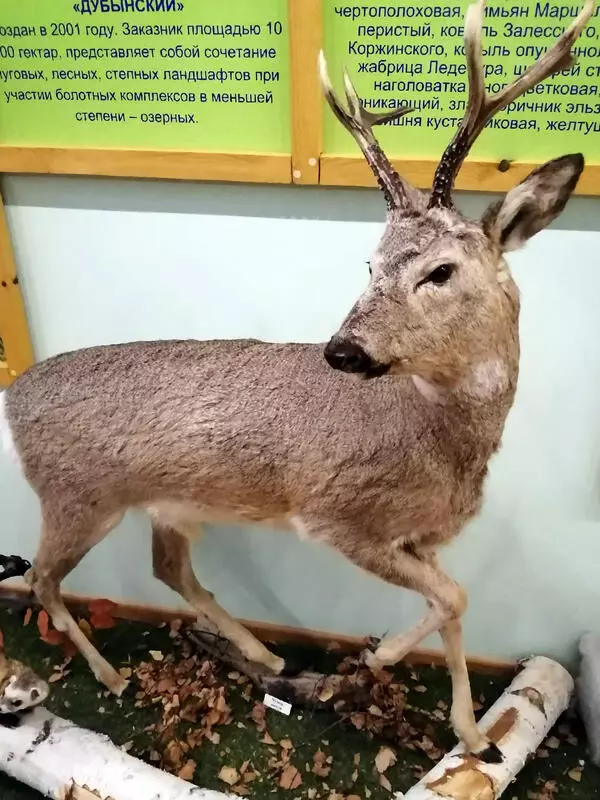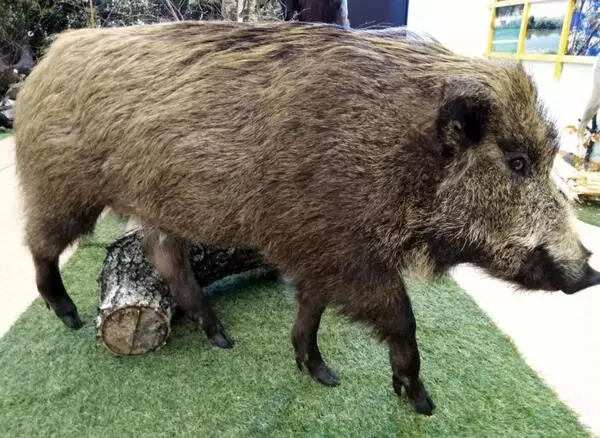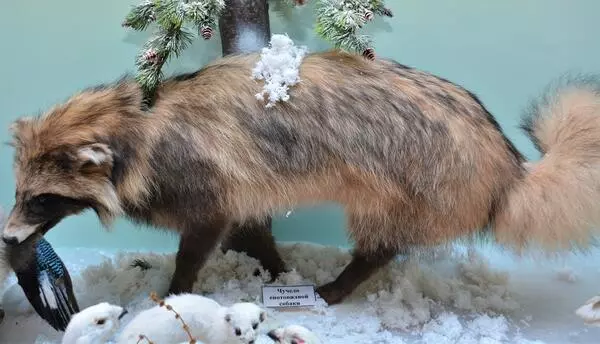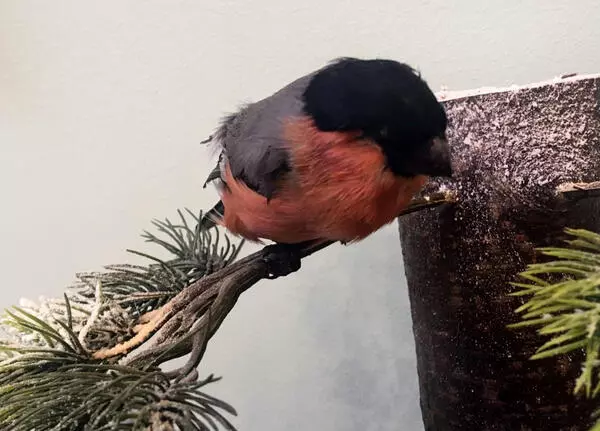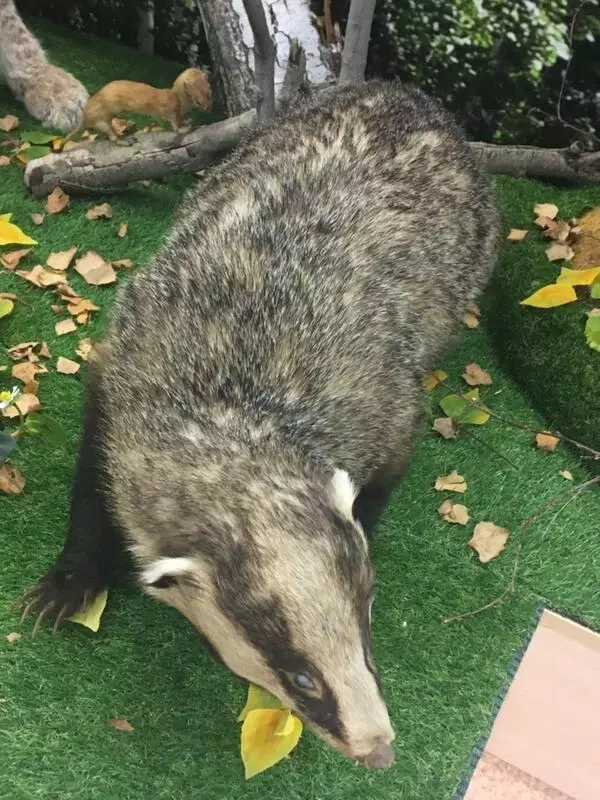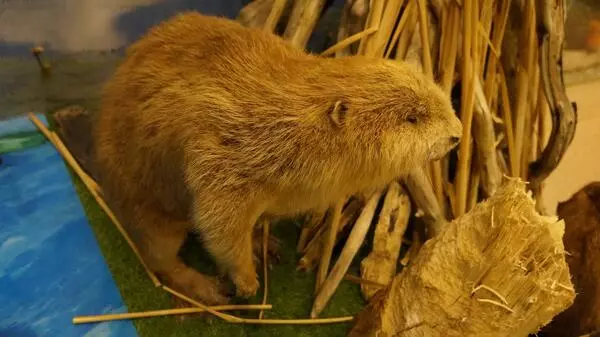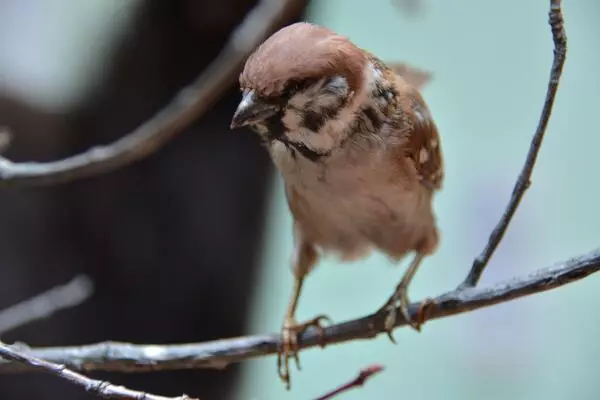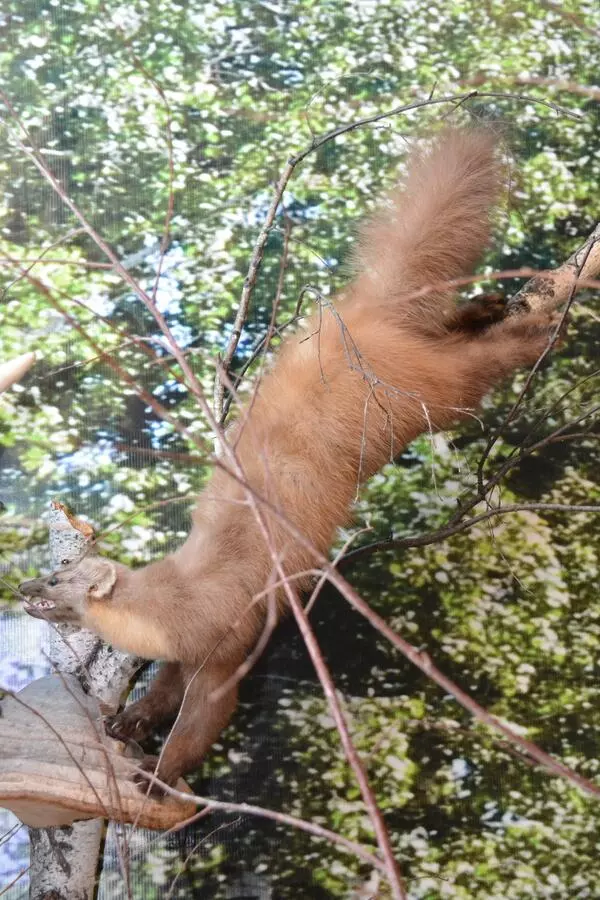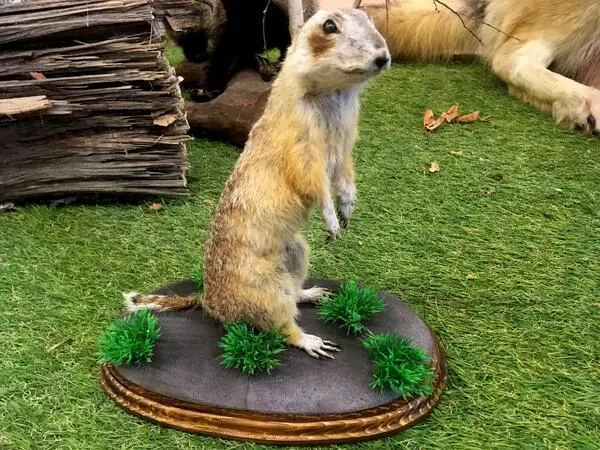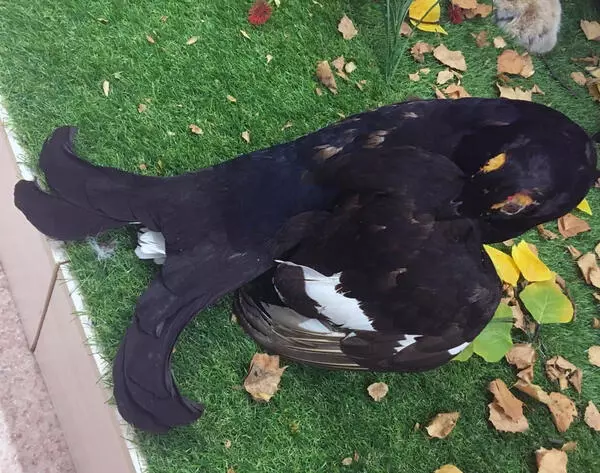The hooded crow is one of the most popular birds in the crow family. The bird’s main distinctive feature is a gray body with black wings, a tail, and a head. Feathers on the wings and tail have a metallic sheen. The average body length is 50 cm, while its wingspan reaches 1 m. The hooded crow’s black bill is a little hooked and has a bit protruding culmen. The only difference between male and female birds is their size.
The hooded crow is an omnivore that feeds on insects, young birds, eggs, rodents, lizards, frogs, fish, and seeds of various plants, as well as on food waste and carrion, which is important when it comes to hygiene.
In winter, the bird migrates closer to human residential areas where it is much easier to find food at many dumps and garbage pits. Hooded crows gather is especially large flocks in large cities where they mixed with rooks and jackdaws. As a rule, hooded crows spend nights in the city center—in parks or on the roofs of buildings—and fly to its outskirts and suburban areas to feed at day.
The hooded crow moves in wide steps when on the ground and jumps if alarmed. The bird is rather shrill. The most frequent sound to hear from it is a hoarse ‘caw’ with a closed sound in the end. Closer to the mating season, the hooded crow makes burry rattling sounds. The bird’s sound range is relatively wide.
The breeding season is preceded by a mating season with courtship flight, chases, and somersaults. Monogamous pairs build a new nest every year. The male patrols the nesting territory, while both birds ward predators off the nest. Chicks are brooded mostly by the female. The male feeds her throughout the brooding period. Young birds leave the nest when they are about a month old.
It is well known that crows are smart birds able to use objects as tools. For example, the hooded crow soaks dry bread in puddles before eating it. The bird also throws nuts on roads and waits for a car to crush them. Back in the 1980s, milk was sold packaged in cardboard pyramid packages, and crows often stole them. A crow would bring milk in a nook and punch a hole in its package to drink it. To prevent the package from slipping out of their bills while flying, birds used to fold its corner before taking wing.
The hooded crow is an omnivore that feeds on insects, young birds, eggs, rodents, lizards, frogs, fish, and seeds of various plants, as well as on food waste and carrion, which is important when it comes to hygiene.
In winter, the bird migrates closer to human residential areas where it is much easier to find food at many dumps and garbage pits. Hooded crows gather is especially large flocks in large cities where they mixed with rooks and jackdaws. As a rule, hooded crows spend nights in the city center—in parks or on the roofs of buildings—and fly to its outskirts and suburban areas to feed at day.
The hooded crow moves in wide steps when on the ground and jumps if alarmed. The bird is rather shrill. The most frequent sound to hear from it is a hoarse ‘caw’ with a closed sound in the end. Closer to the mating season, the hooded crow makes burry rattling sounds. The bird’s sound range is relatively wide.
The breeding season is preceded by a mating season with courtship flight, chases, and somersaults. Monogamous pairs build a new nest every year. The male patrols the nesting territory, while both birds ward predators off the nest. Chicks are brooded mostly by the female. The male feeds her throughout the brooding period. Young birds leave the nest when they are about a month old.
It is well known that crows are smart birds able to use objects as tools. For example, the hooded crow soaks dry bread in puddles before eating it. The bird also throws nuts on roads and waits for a car to crush them. Back in the 1980s, milk was sold packaged in cardboard pyramid packages, and crows often stole them. A crow would bring milk in a nook and punch a hole in its package to drink it. To prevent the package from slipping out of their bills while flying, birds used to fold its corner before taking wing.
